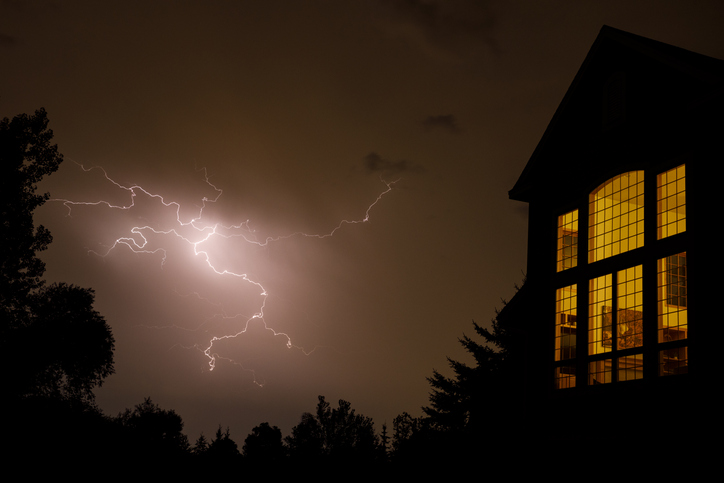The Sins of Vinyl Siding

The Sins of Vinyl Siding
August 9, 2019
When it comes to a home’s siding material, one of the most popular options across the board is vinyl. It’s easy to care for and relatively cheap to install — but that’s not to say that it doesn’t have some flaws. If you’re considering choosing vinyl for your home’s siding, there are a few sins you should be aware of that come along with that decision.
Vinyl Isn’t the Best for the Environment
The process used to create vinyl siding gives off nitrogen dioxide and other greenhouse gases into the air, essentially harming the environment. The other issue is that, while it is technically able to be recycled, vinyl siding rarely is. When it’s replaced on a home, it likely will go into a landfill unless measures are taken to ensure otherwise.
It’s Not Wildly Energy-Efficient
Vinyl can be more energy-efficient than some materials, but it definitely isn’t your best option. If you’re truly looking to have energy-efficient siding, you’re better off choosing wood with a high thermal rating.
Vinyl Can Allow for Mold Growth
If there are any areas in which water can enter through your siding, such as cracks, bubbles, or chips, that excess moisture can easily turn into mold growth. If that happens, you’ll likely begin to notice patches of green mold on your siding, which are not only unsightly, but they’re dangerous, too.
If you’re unsure if vinyl is the best decision for you, it’s best to talk to your siding contractor about other options. At JM Roofing and Siding, our expert team can discuss the best siding options for your home and install them once you’ve made a decision. Give us a call today to schedule a service or get a free estimate.
Recent News
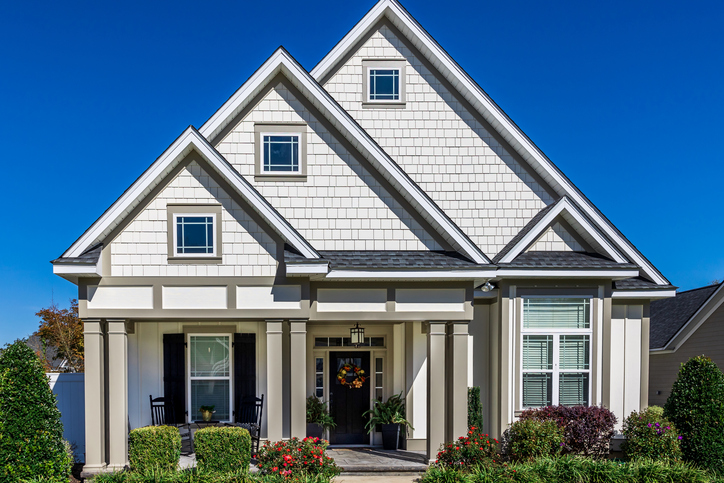
Summer Project Inspiration: Upgrading Your Home’s Exterior
June 27, 2025
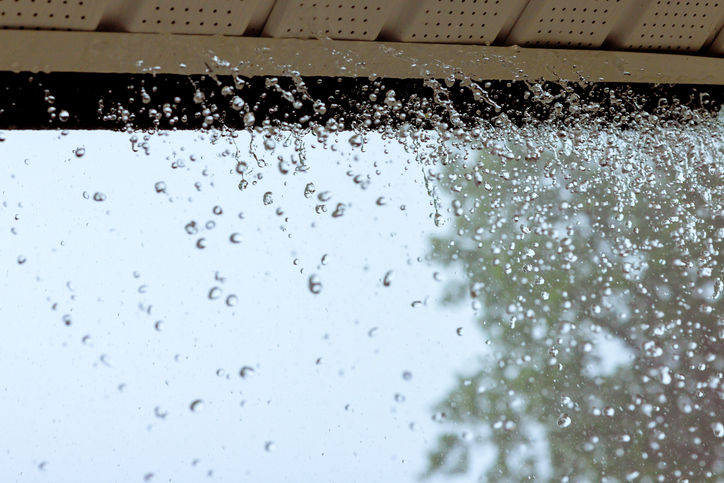
Top 3 Causes of Overflowing Gutters
June 19, 2025
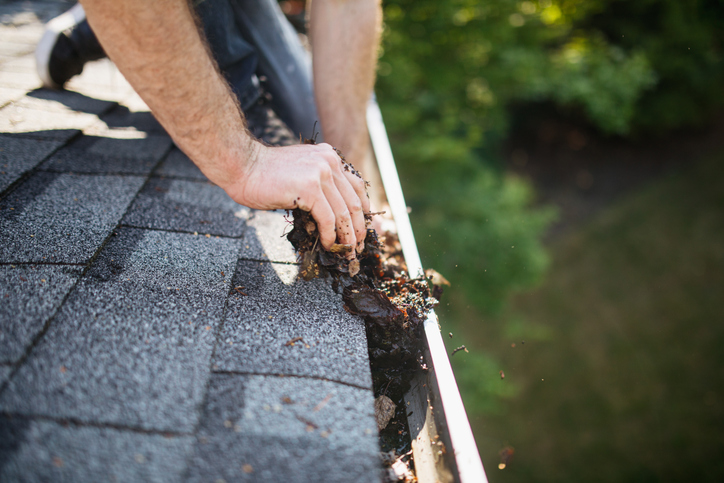
Spring Roof Cleaning Tips to Prepare Your Home for Summer
June 13, 2025
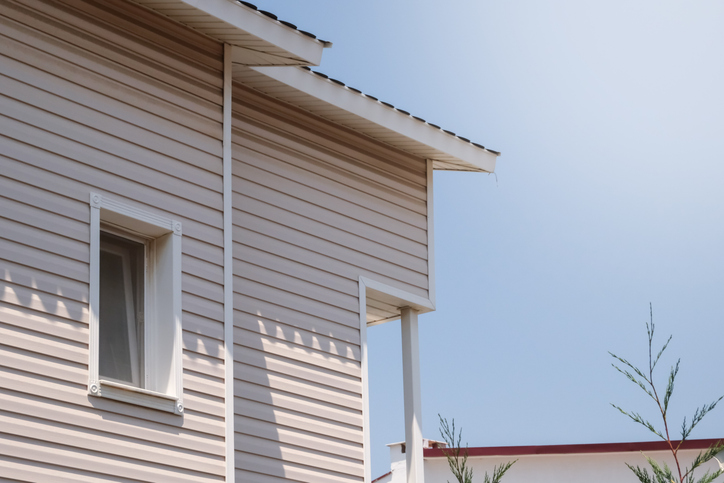
How to Protect Your Siding During Storms
June 9, 2025
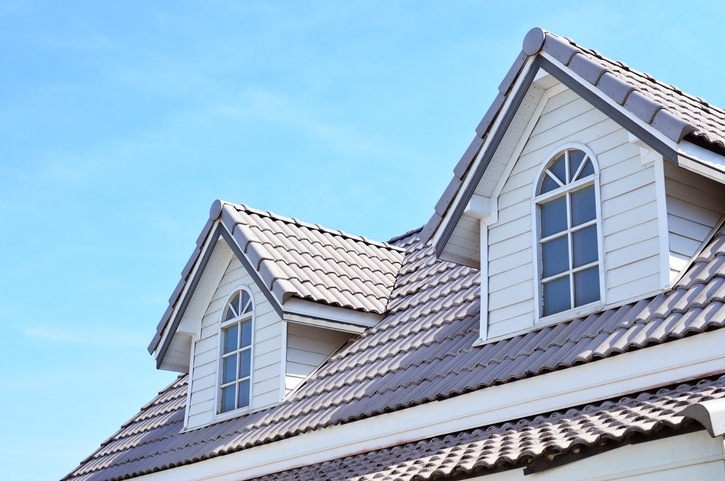
5 Common Roofing Mistakes Homeowners Make in Spring
June 5, 2025
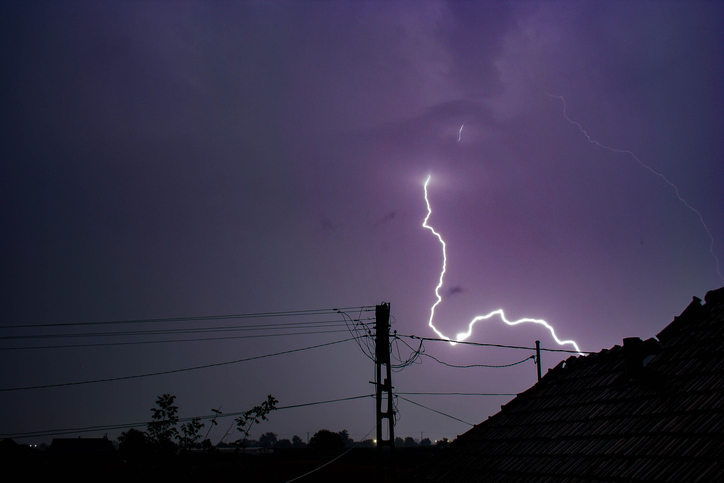
Storm-Proofing Your Home: Expert Tips for Resilient Roofing and Siding
May 28, 2025
